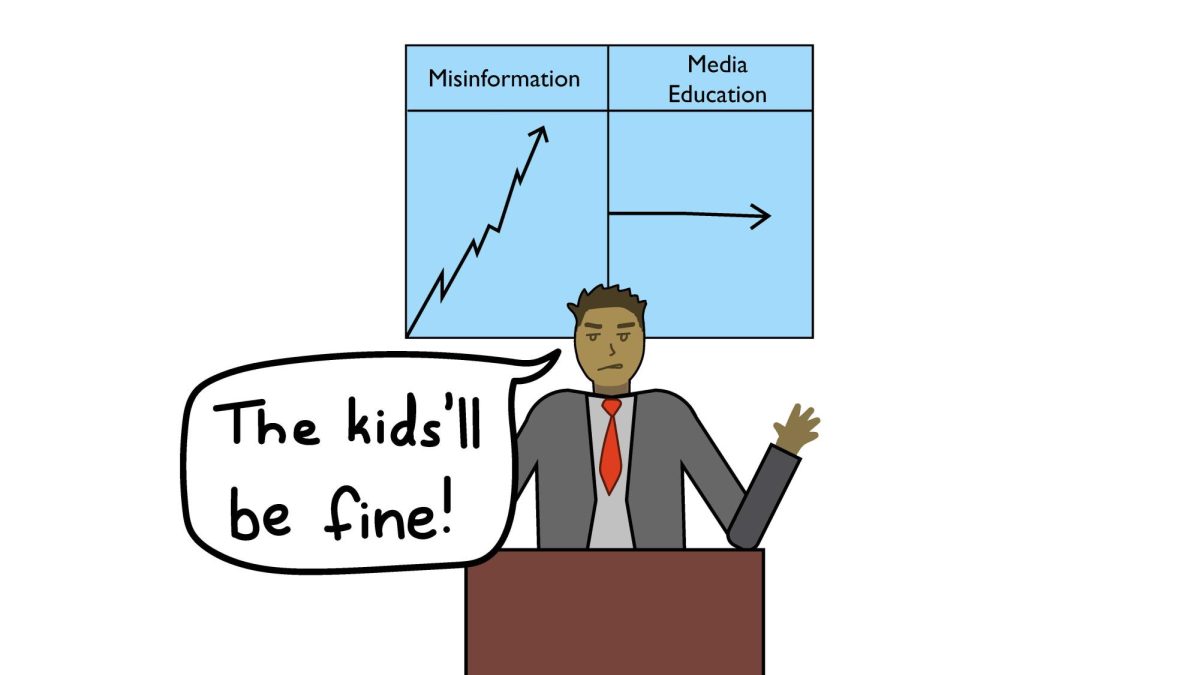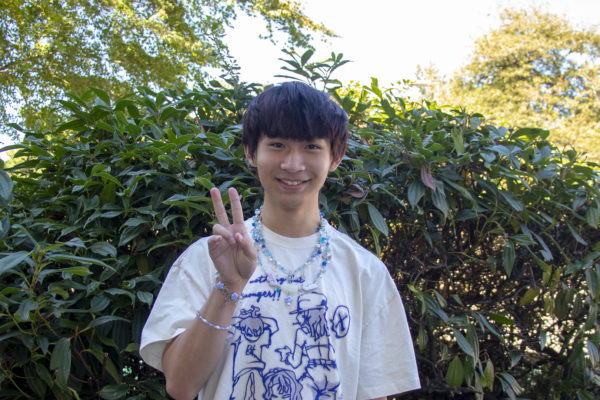Jack the Ripper, Ted Bundy, Aileen Wuornos. These three serial killers represent just a tiny fraction of the many serial killers that have their own show or two based on their lives. More recently, Netflix’s release of “Dahmer – Monster: The Jeffrey Dahmer Story” in 2022 spread like wildfire; in a mere 60 days, the show, based on the gruesome story of Jeffrey Dahmer, who murdered 17 people, became the third Netflix series to pass a billion views. The world’s fascination with true-crime media expands across media forms. Since its debut in 2017, true crime podcast “Crime Junkie” has continued to top the charts with over 500 million downloads and has just become Apple Podcast’s top show of the year for the second year in a row. The television show “Making a Murderer” debuted in its first month at 19.3 million viewers, closely mirroring that of TV giant “Stranger Things Season 1,” which earned 20 million views. The list goes on and on — hundreds of podcasts, TV shows, movies and books flood mainstream media. The world is engrossed in true crime, but this begs the question: is it right?
While at first glance it may seem that true crime is harmless and captivating entertainment, these shows and podcasts recount real stories of real people in what could be the worst moment in their lives — and that comes with real consequences. The murky line between factual storytelling and entertainment is a thin one that true-crime shows walk along with various degrees of success, and the sheer increase in volume of true-crime media in recent decades has only made this line thinner. For example, Dahmer’s storied life has been retold 30 times ranging from books to plays, meaning that 30 times, directors and writers have repeated and codified Dahmer’s story, weaving, manipulating or even omitting facts to tell their own versions of his life.
Perhaps the most concerning problem is the variation in the stories and lives of victims, survivors and their family members; the people most affected by these horrendous events are often exploited or diminished so that the perpetrator is glorified. And as the genre continues to explode in quantity, this phenomenon will only appear more and more often. By manipulating the victims and focusing the story on the perpetrator, the victims are reduced to one-dimensional characters while the murderers become godlike monsters. Slowly, a show about true, disturbing stories generalizes the victims and becomes a cheesy show, taking on the dark humor shown in horror movies, slowly distancing the viewer from the pain of the victims and survivors.
In the most painful way, these stories would not exist without the victims, and murderers like Dahmer and Bundy are only infamous because of the people they killed. Their stories are the stories of their victims, and creators are profiting off of the victims’ pain. The worst moment of their lives are being turned into entertainment; the prolonged suffering is gut-wrenchingly real, yet often forgotten by engrossed viewers. Every award earned by these shows is built upon their pain. Bundy’s 30 confirmed victims become side characters, while his story lives on to be binge-watched by millions.
Moreover, the under-regulated nature of true crime media has come to influence public opinion. Investigative documentaries, especially those that heavily imply a person’s guilt or innocence, can easily convince viewers. For example, Netflix’s “Making a Murderer,” a docuseries covering the story of Steven Avery has led to the creation of petitions to release him, gaining enough momentum to reach the White House. Similar support for Adnan Syed, the subject of season 1 of the “Serial” podcast, earned Syed’s legal defense trust fund nearly $250,000.
The sheer quantity of true crime shows also warps perceptions. Many forms of media depict brutal killings and mass murders, but in reality, violent crime isn’t so prominent. The national Survey of Economic Expectations found that respondents put their chance of being robbed at 15%, compared to the actual robbery rate of 1.2%. According to the FBI, violent crime has been on a constant decline — a fact one wouldn’t be able to infer from the content covered on true crime shows. In other words, the popularity of the true crime genre has led everyone to feel crime more acutely, even while crime isn’t actually rising. The problem lies in the genre’s perpetuation of crime. In sensationalizing these serial killers, productions don’t provide any context or motives. In reality, people very rarely go around murdering people without reason; it’s usually a one-time crime, but the genre gives the false perception that everyone on the block is a serial killer. Death is such a heavy topic, yet it becomes an afterthought in these productions. The constant consumption of true crime media has desensitized audiences, meaning that regular homicides aren’t enough to enthrall them, causing productions to move to more gruesome serial killers.
Furthermore, true crime shows have begun commoditizing their content, creating catchphrases and selling merchandise inspired by real-life cases. By doing this, they reduce the victims’ lives and tragedies to marketable content, dehumanizing them even further by turning them into merchandise.
It would be wrong to suggest that true crime is an empty or useless media. It allows us to examine violence and immorality from the safety and comfort of our own homes. It’s a tool to process collective fear, and it allows us to explore our own moral systems by examining the lives and actions of those who deviate from them. Unfortunately, these advantages are outweighed by the genre’s tendency to exploit suffering and prioritize ratings over morality. They hold a limelight over society’s darkest corners, warping the thoughts and viewpoints of onlookers. By doing this, creators often neglect the beautiful and unique lives of the victims that these media stars have snuffed out. Ultimately, it may not be possible for creators to change; their need to profit may outweigh their moral compass. Instead, it’s up to the viewer. The responsibility is in their hands to understand the full story. We need to hold creators accountable and make them understand that the stories they tell are the victims’ stories, not the serial killer’s. While viewers enjoy the show and become immersed in its drama, they need to be cognizant of the stories most left out, the victims most diminished.











